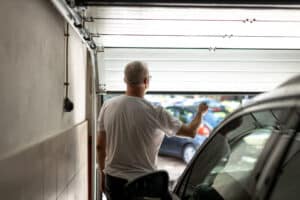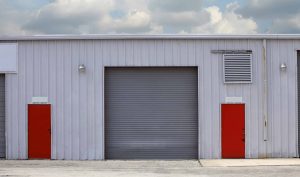What Should I Do If My Garage Door Opener Stops Working in Parker?
When your garage door opener stops working, it can disrupt your daily activities. Thankfully, many issues can be resolved with simple troubleshooting, allowing you to avoid costly repairs.
Whether the problem is something as simple as dead batteries or more complex, such as misaligned sensors or a faulty motor, addressing the issue early can prevent further complications.
If you’re in Parker and need assistance, Select Garage Doors provides professional garage door services to restore your garage door’s performance.
Contact us today for reliable solutions to get your garage door back on track.
Key Takeaways
- Always secure the area around the garage door and make sure it is stable before attempting any troubleshooting. If the door feels unstable, avoid interacting with it.
- Begin by checking the power supply and ensuring the remote or keypad is functioning properly. Inspect the sensors and door operation for misalignment or worn parts.
- Parker’s extreme weather conditions can impact garage door performance. Cold temperatures can freeze parts, while dry air increases friction. Regular lubrication and maintenance are important to prevent issues.
- If basic troubleshooting doesn’t fix the problem, contact Select Garage Doors for expert repairs. We are ready to restore your garage door’s function and avoid future issues.
Step 1: Prioritize Safety First
Before troubleshooting your garage door opener, it’s crucial to address safety. Garage doors are large and heavy and have intricate moving parts, which can cause serious injury if mishandled. Here’s what you should do to stay safe:
Secure the Area
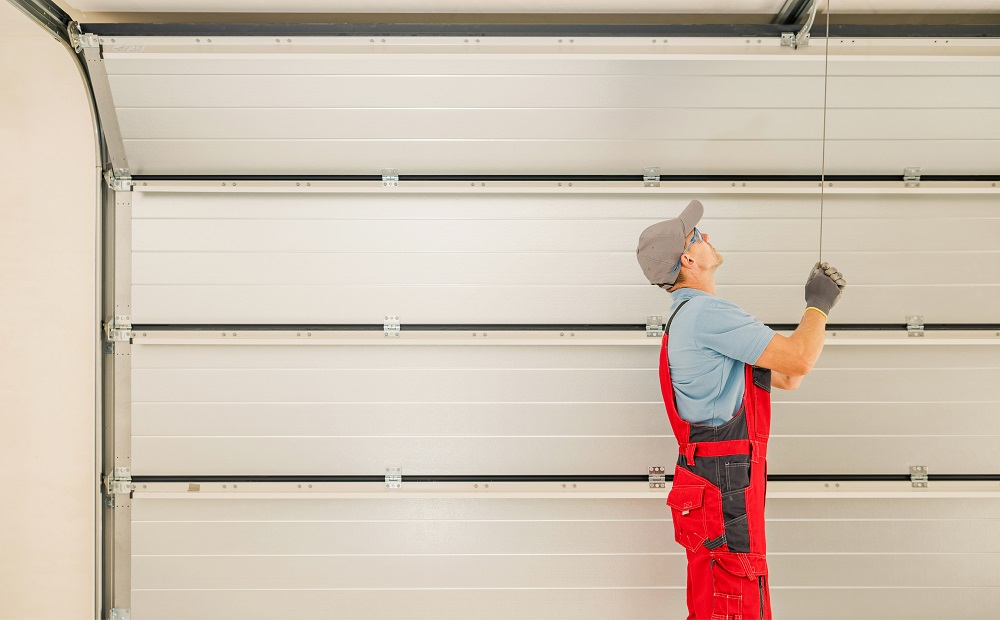
Keep children and pets away from the garage door. The moving parts and heavy door can cause serious injury. Place warning signs or barriers around the area to alert others that work is being done. If the door feels unstable or off balance, avoid interacting with it.
Clear away any obstacles from the tracks, springs, and surrounding areas that could affect the door’s movement or pose a tripping hazard.
Disengage the Opener
To disengage the opener, pull the red release cord hanging from the trolley. This disconnects the door from the motorized opener, allowing you to operate it manually.
Test the door’s movement. It should slide smoothly and stay in place when lifted halfway. If it feels jammed or unbalanced, do not force it.
Visual Inspection
Check for visible damage to the springs, cables, and tracks. Look for signs of fraying, cracking, or bending. Broken springs should only be repaired by a professional, as they can be under high tension and dangerous to replace.
Inspect the opener for any visible issues such as cracks, leaks, or wear. Lastly, check the door panels for rust, dents, or warping, which can obstruct smooth operation.
Step 2: Check and Test the Basics
Once safety precautions are in place, proceed with troubleshooting the basic components that could be causing the issue:
1. Verify Power Supply
Start by checking if the opener is plugged into a working outlet. If the outlet is malfunctioning, try plugging in another device to confirm.
If there’s no power, check the circuit breaker and reset it if necessary. Also, inspect the power cord for visible damage, such as fraying or cuts, and replace it if necessary. Power issues are often the root cause of opener malfunctions, so begin here.
2. Test the Controls
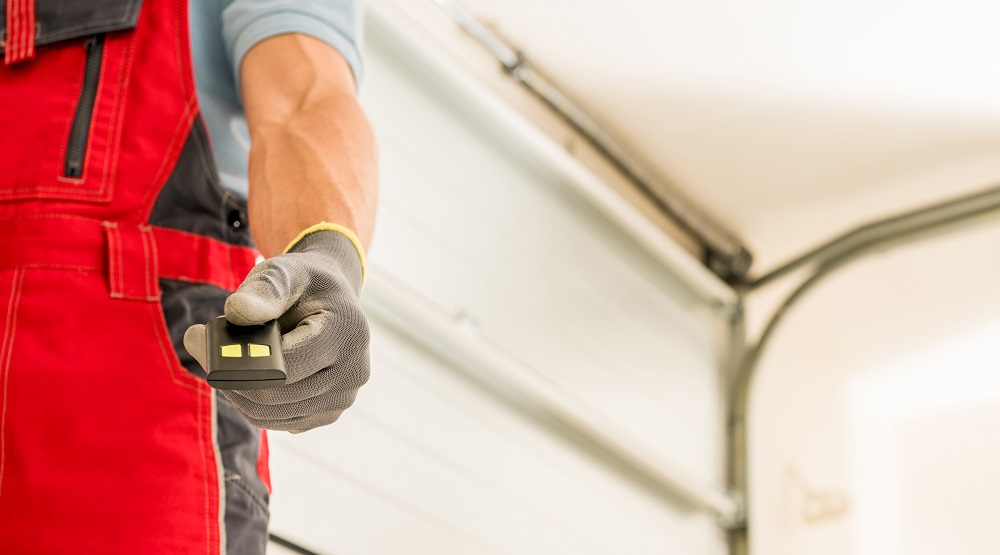 If the opener isn’t responding, replace the remote control or keypad batteries if they’re dead. Ensure the wall switch is properly secured and functioning. Try using the remote from a greater distance to rule out any signal interference. If needed, reprogram the remote or keypad.
If the opener isn’t responding, replace the remote control or keypad batteries if they’re dead. Ensure the wall switch is properly secured and functioning. Try using the remote from a greater distance to rule out any signal interference. If needed, reprogram the remote or keypad.
3. Inspect the Sensors
Garage door openers often use photo-eye sensors at the bottom of the tracks to prevent the door from closing when an object is detected. Over time, these sensors can become dirty or misaligned. Gently clean the sensors with a soft cloth to remove dirt or debris.
If the indicator lights are blinking, it usually means the sensors are misaligned. Adjust them so they face each other directly. Clear any obstructions from the sensor beam.
4. Assess the Door’s Operation
Manually lift the door halfway and see if it holds in place. If it does, it suggests that the springs are intact. Listen for any grinding, squeaking, or unusual noises, which could indicate worn-out parts or insufficient lubrication. If the door is moving unevenly or jerking, or the tracks are rusty or obstructed, these issues should be addressed.
5. Review the Logic Board
If the opener’s lights are flashing, refer to the user manual to identify the specific error codes. Flashing lights can indicate issues with the opener’s logic board, which is the brain of the system.
Try resetting the logic board by following the manufacturer’s instructions. Check for loose wiring connections, and if the issue persists, the logic board may need to be replaced.
Step 3: Consider Parker’s Unique Climate
Parker’s climate can put significant strain on your garage door opener and related components, particularly during the colder months. Cold temperatures, snow, and fluctuating weather conditions can affect the operation of your garage door.
Here are some tips to maintain your garage door in Parker‘s climate:
Cold Weather Precautions
The cold temperatures can cause garage door parts to freeze or become sluggish. Use silicone-based lubricants for the tracks, rollers, and springs to prevent freezing. Inspect the weatherstripping to ensure it’s intact, as it helps prevent cold air from entering and improves insulation.
Tighten any loose bolts or screws, as temperature fluctuations can cause materials to expand and contract. If you notice a broken spring, get in touch with a professional immediately to avoid further damage.
Dealing with Dry Air and Dust
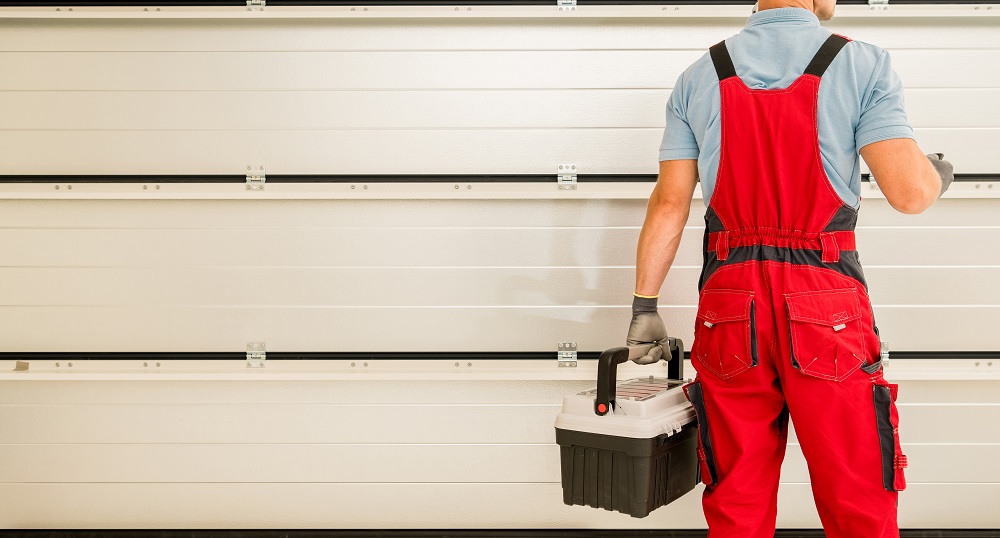 Parker’s dry air can cause increased friction in garage door components. Dust accumulates quickly on the tracks and rollers, affecting smooth operation. Clean and lubricate the moving parts regularly to prevent wear.
Parker’s dry air can cause increased friction in garage door components. Dust accumulates quickly on the tracks and rollers, affecting smooth operation. Clean and lubricate the moving parts regularly to prevent wear.
Also, check seals and gaskets for any damage, as dust can interfere with their effectiveness. Dust can also settle on electronics, so be sure to keep the sensors and wiring clean for reliable performance.
Regular Maintenance
Routine lubrication and maintenance can prevent many common issues. Use silicone-based lubricants for the tracks, rollers, and springs to reduce friction and prevent freezing.
Tighten loose hardware and inspect the weatherstripping to ensure that it’s still in good condition. Regular cleaning and maintenance will help extend the life of your garage door system.
Step 4: Get Professional Help with Select Garage Doors
Basic troubleshooting can fix many garage door issues, but some may require professional expertise. If you’ve tried all the steps above and your garage door opener still isn’t working, it’s time to call in the experts.
At Select Garage Doors, we understand how important a properly functioning garage door is to your daily routine. If you’re dealing with a malfunctioning opener, broken springs, misaligned sensors, or other issues, don’t hesitate to call us today for fast, professional repairs.
We’re dedicated to making sure that your garage door is always in top condition, so you don’t have to worry about future problems. Call us today!
REQUEST A QUOTE

Our Services
Service Areas
Service Areas
WE SERVICE COLORADO SPRINGS, PARKER, LAKEWOOD AND SURROUNDING AREAS


